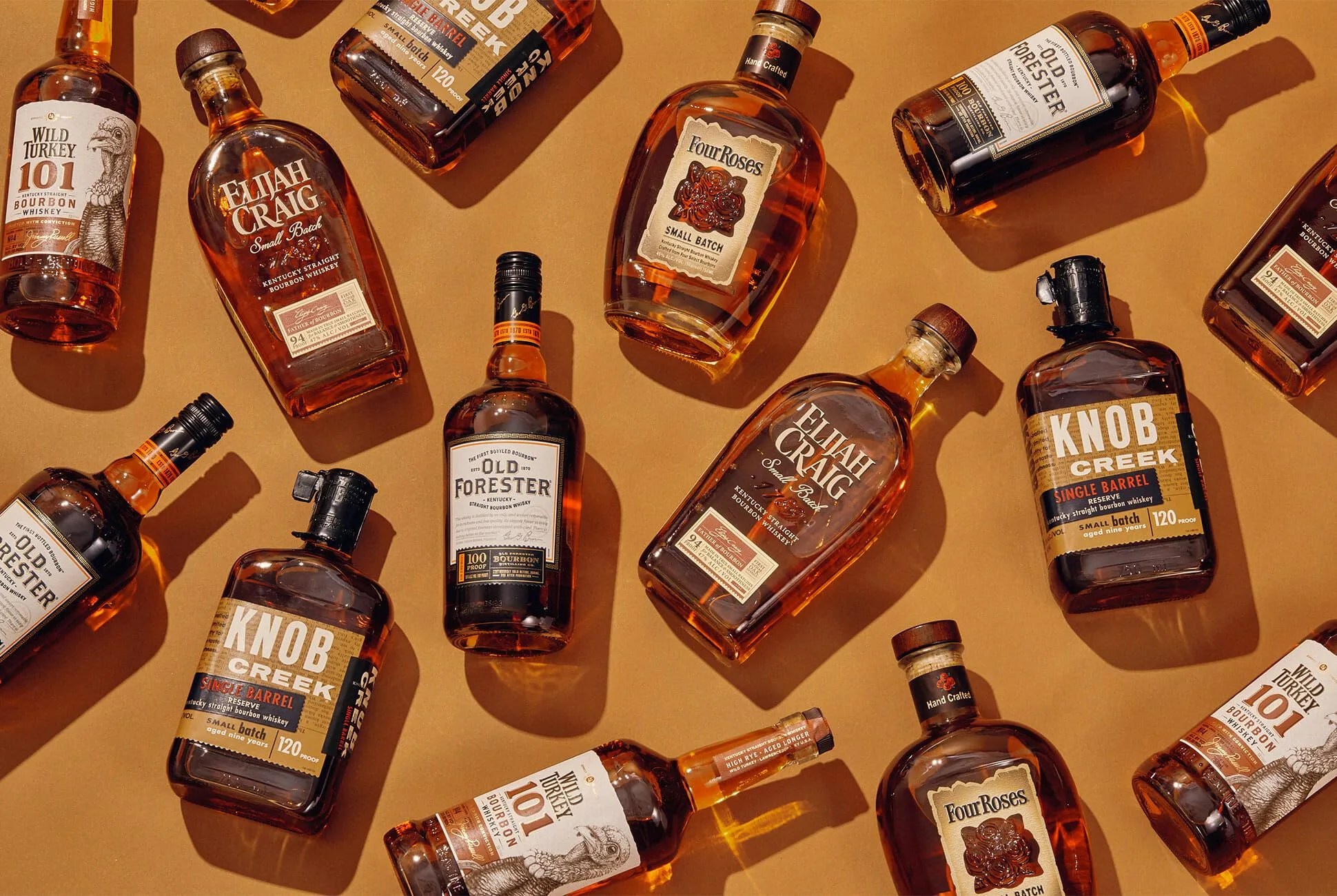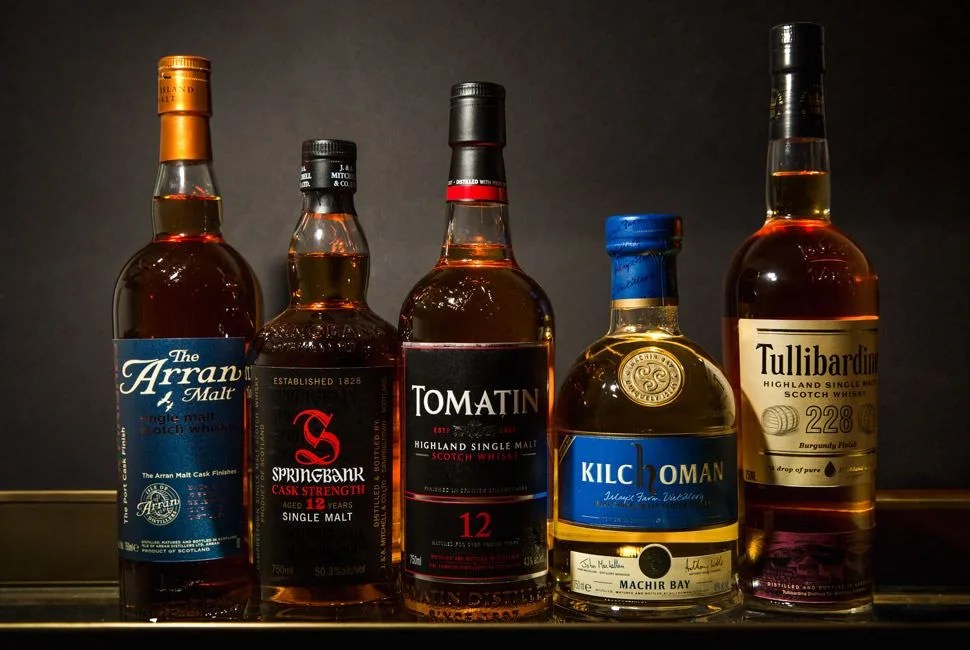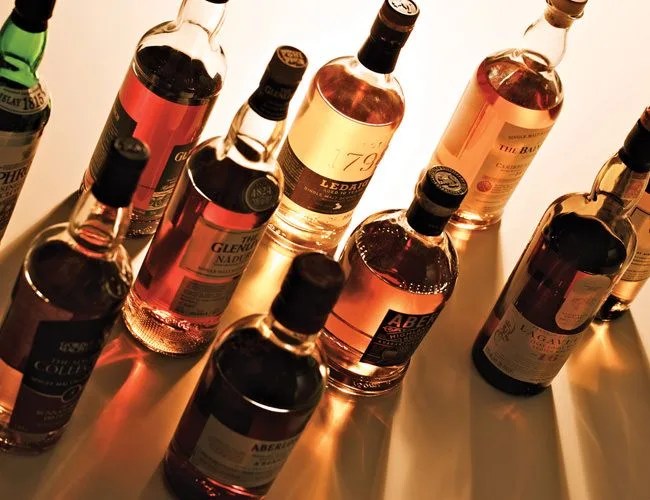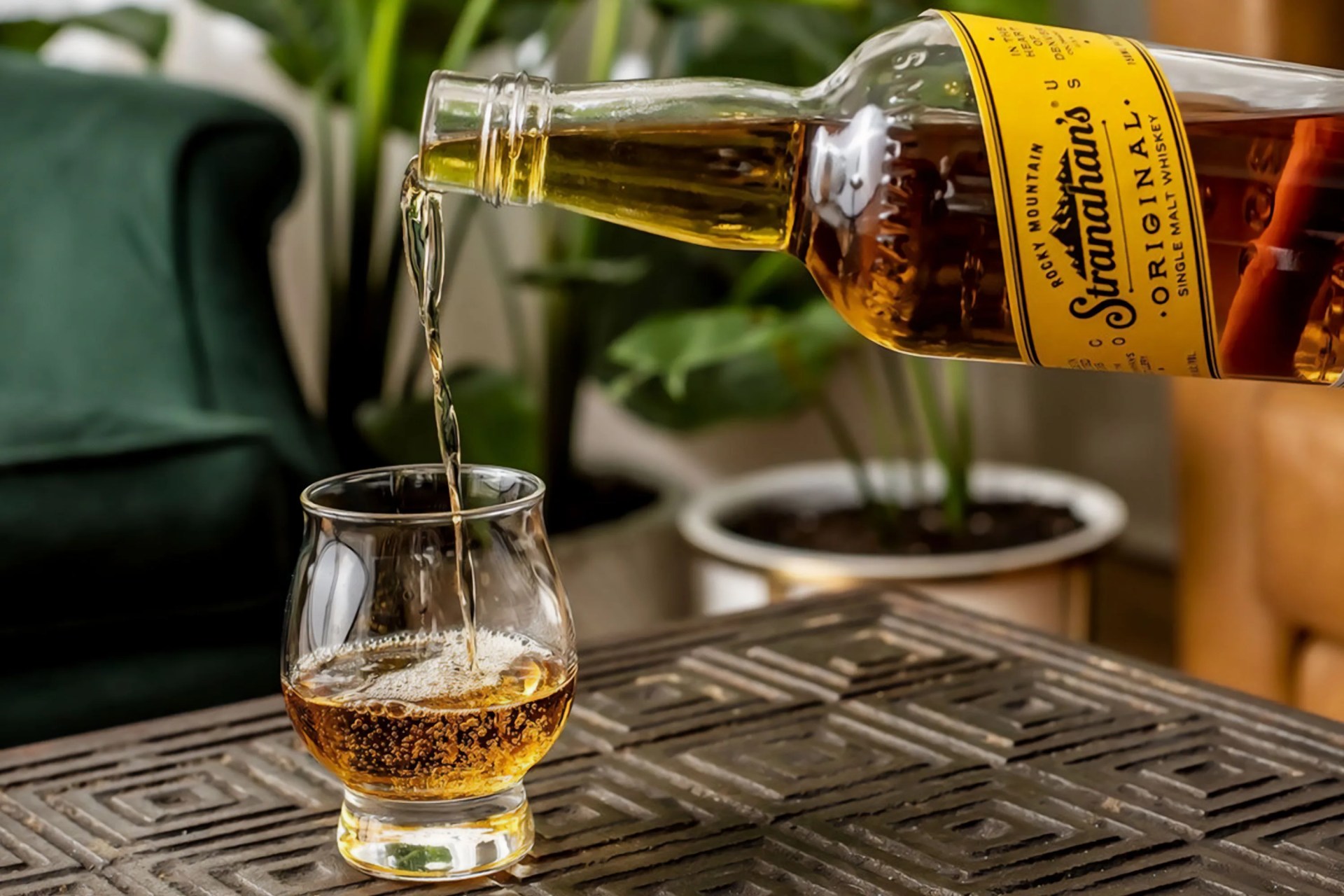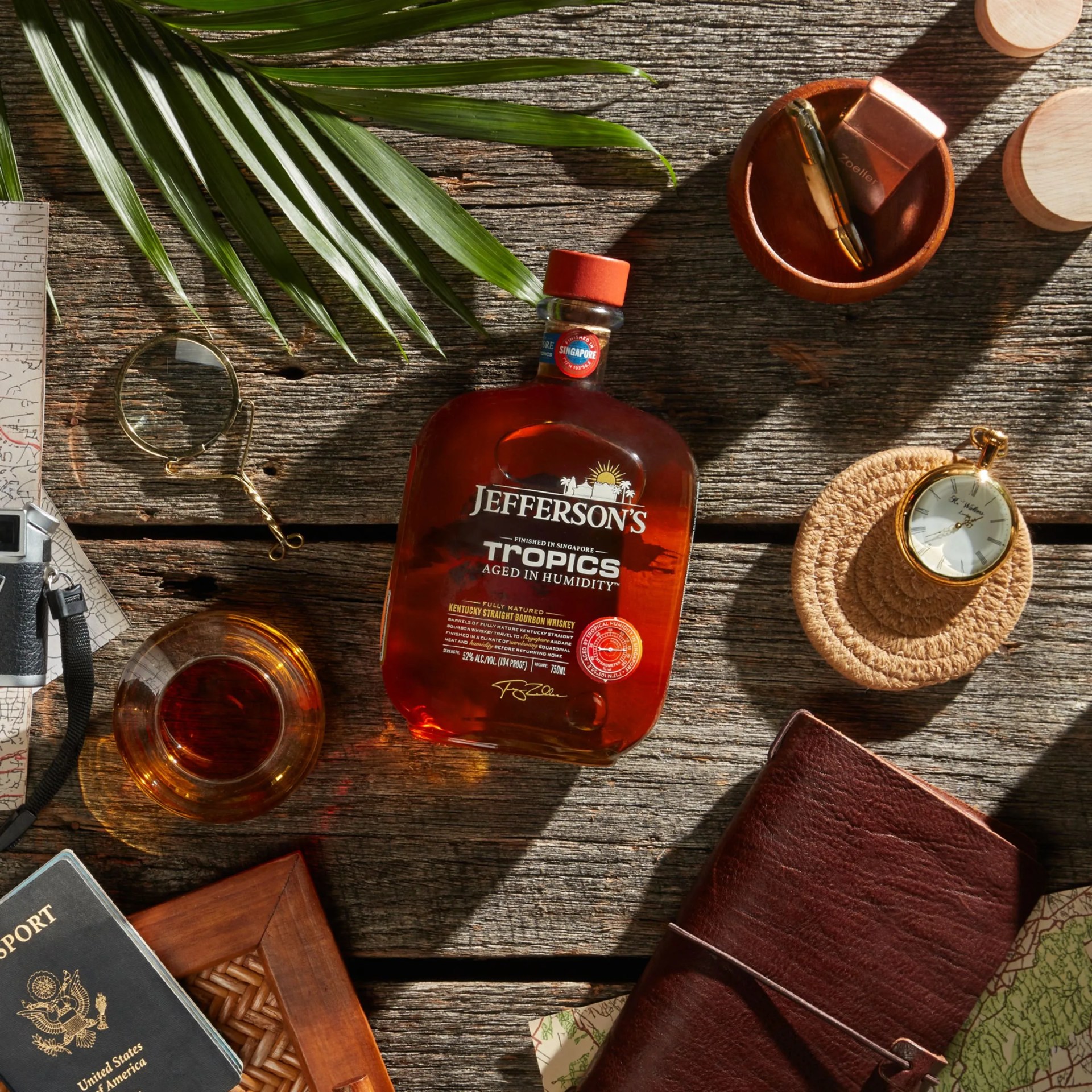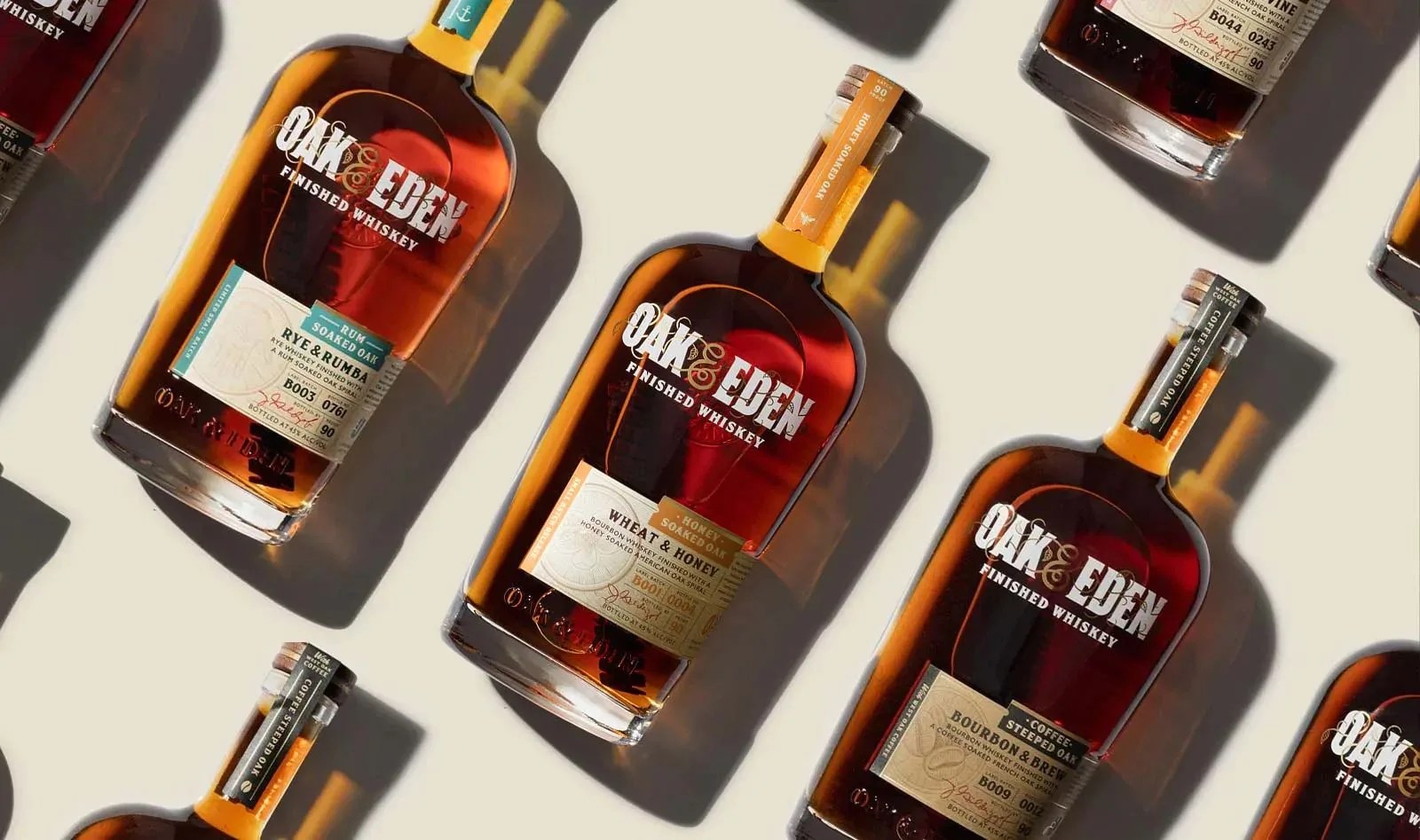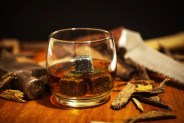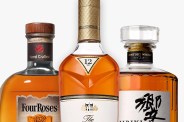Whiskey used to be straightforward. One distillery made one type of whiskey from one mashbill. They’d age that whiskey for a certain amount of time and, some years later, they’d bottle it. Older whiskey was just that: older. The only difference between a bottle of Laphraoig 10 Year Single Malt Scotch and Laphraoig 18 Year was — and still is — eight years.
Then, in the second half of the 20th century, whiskey sales began to rise. In the 1980s, the class and complexity of single malt Scotch pulled gin and vodka drinkers over to the brown stuff and then, in a widely covered resurgence, bourbon began to boom in ernest at the turn of the century. Wanting to differentiate their product and give consumers something else to try (and buy), distilleries started offering new and stranger whiskies — “small batch” and “rum finished” and whatever “ocean aged” means. What was straightforward became murky; what the hell is Laphroaig An Cuan Mor anyway?
The confusion stops here. In order to stop people from wandering the liquor aisles like they’re a foreign country, we spoke with Fred Minnick, author of the upcoming book Bourbon: The Rise, Fall & Rebirth of an American Whiskey, to understand how the biggest whiskey nerds pick their bottles.
CHECK FOR A REGION
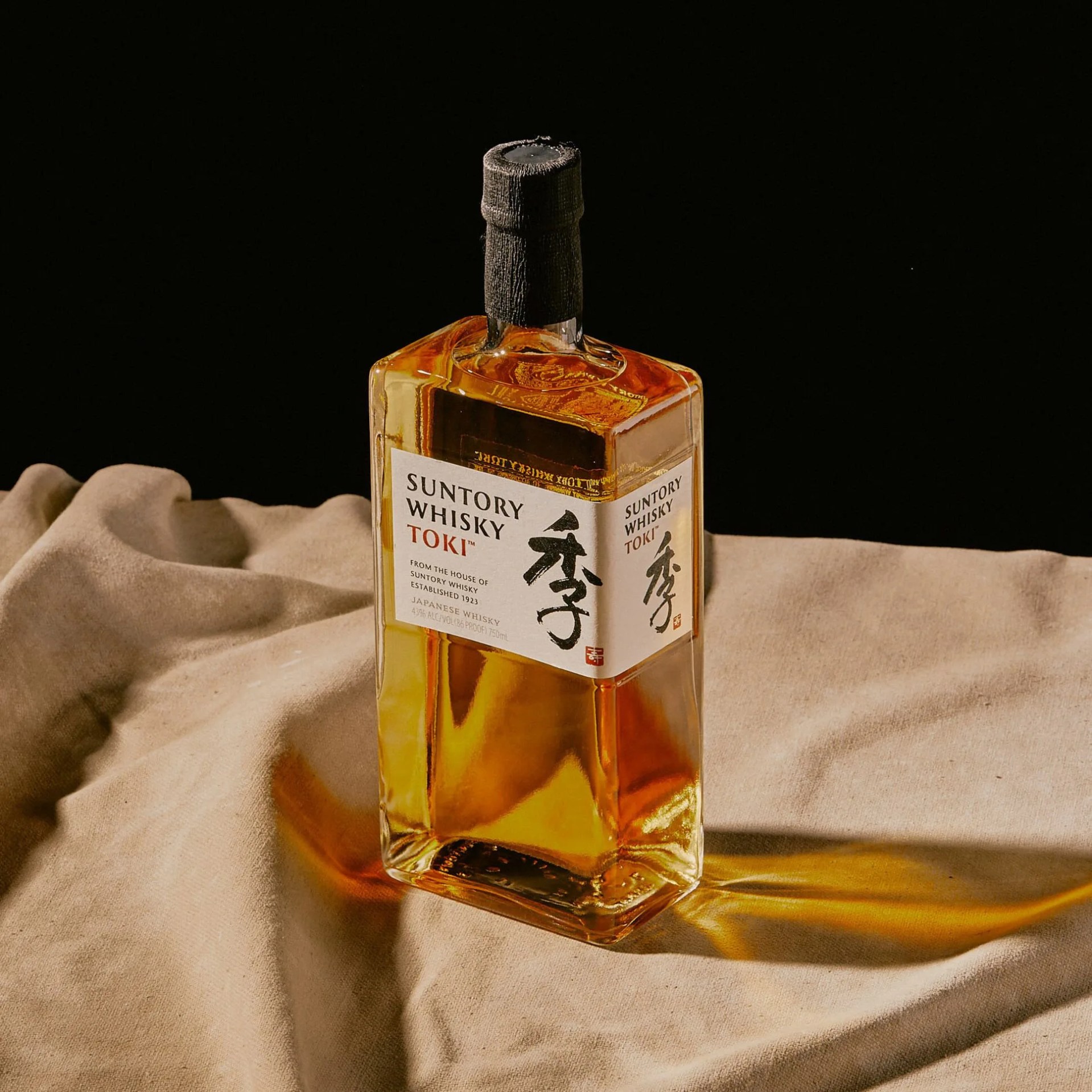
“I’m looking for region, because I have a certain style in mind. For example, if I see ‘Islay,’ I know this would be an extremely smoky Scotch, because of their peat. If I see ‘Indiana’ on a bottle of rye whiskey that was bottled in Iowa, I know this is a ninety-five-percent rye mashbill from one of the best distilleries in the world, MGP Ingredients in Lawrenceburg, Indiana. I ignore all the fanciful terminology such as small batch, craft, handmade, etc. These terms are not regulated and are just marketing filler.” (For more information about regions, you can find a great interactive map here.)
